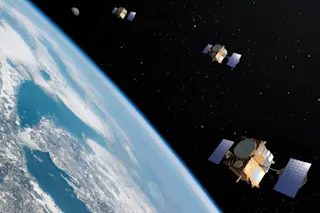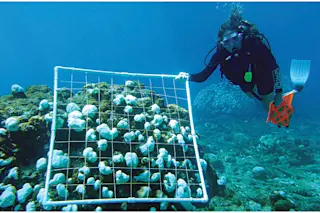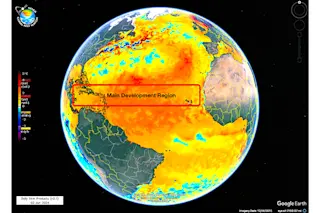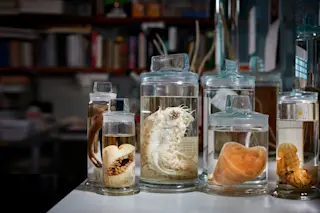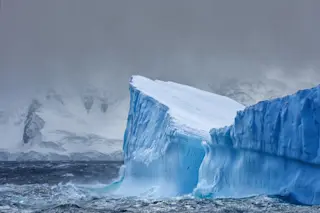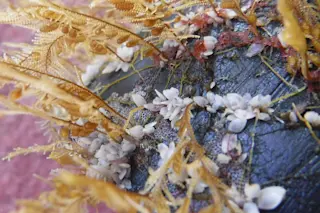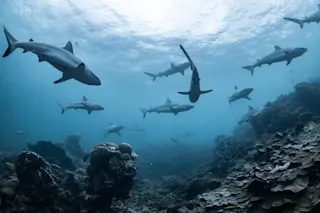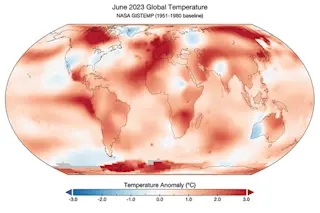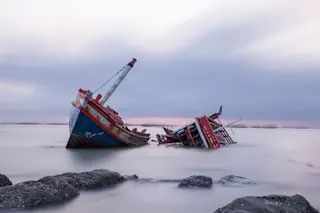It all seemed so convenient: As our smokestacks and automobile tailpipes spewed ever more carbon dioxide into the air, the oceans absorbed the excess. Like a vast global vacuum cleaner, the world’s seas sucked CO2 right out of the atmosphere, mitigating the dire consequences of global warming and forestalling the melting of glaciers, the submergence of coastlines, and extremes of weather from floods to droughts. So confident were we in the seas’ seemingly limitless capacity to absorb our gaseous waste that, by the turn of the millennium, the United States, Germany, and Japan were actually proposing to compress CO2 from power plants into a gooey liquid and pipe it directly into the abyss.
The first tests of the plan were an eye-opener. When the compressed material was introduced into laboratory tanks, the spines of sea urchins and the shells of mollusks dissolved. Surprised, researchers launched studies to see how marine ...



